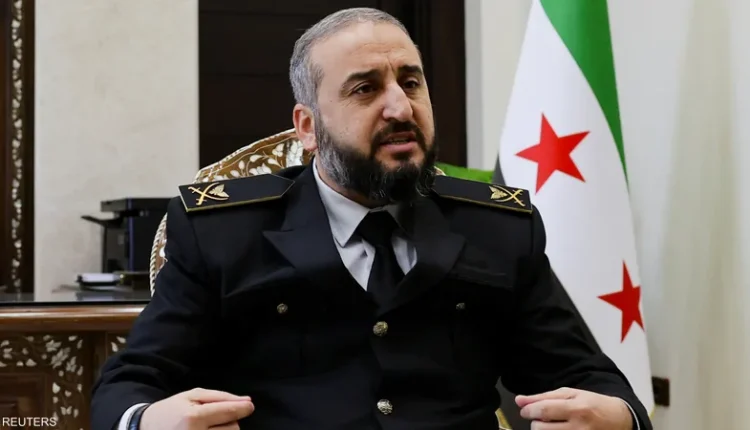Syria’s Transitional Government Orders Full Military Alert Amid Threat of Former Regime Remnants
By Kardo Roj
DAMASCUS, Syria (North Press) – Syria’s transitional Defense Minister Murhaf Abu Qasrah has issued orders for a full military alert across all sectors of the Syrian army, a senior security source confirmed to North Press on Friday. The directive comes amid reports of coordinated movements by armed groups allegedly tied to the ousted regime of Bashar al-Assad.
“There is confirmed intelligence regarding suspicious activities by factions affiliated with the former regime, potentially preparing for armed operations in various parts of the country,” the source said, requesting anonymity due to the sensitivity of the issue.
The alert represents one of the most serious security measures taken by the transitional authorities since assuming power in late 2024, highlighting ongoing risks from unresolved political divisions and the legacy of Syria’s prolonged civil conflict.
The mobilization follows earlier revelations by Syrian Interior Minister Anas Khattab, who disclosed on the social media platform X that authorities had thwarted a planned coup by ex-officers loyal to the previous regime. While no further details were released, the timing and coordinated nature of the reported plot underscore lingering threats from networks loyal to Assad’s inner circle.
In recent months, regions along Syria’s Mediterranean coast—traditionally strongholds of the former president—have seen periodic clashes between security forces and armed groups reportedly attempting to reassert influence. These confrontations, some resulting in casualties among both combatants and civilians, have fueled fears of renewed unrest in areas still recovering from past instability.
The latest escalation presents a significant challenge for Syria’s transitional government, which has pledged to restore national security while pursuing a broad-based political settlement. The military alert reflects the government’s concern over the potential for sudden destabilization, particularly in contested or strategically significant regions.
Observers note that armed groups sympathetic to the former regime may be seeking to exploit transitional vulnerabilities, especially in the absence of unified command structures in some provinces. Despite the transitional government’s emphasis on institutional reform, security gaps remain, exacerbated by economic hardship and localized power vacuums.
In contrast, areas administered by the Autonomous Administration of North and East Syria (AANES), with security overseen by the Syrian Democratic Forces (SDF), have experienced relative calm. The SDF’s long-standing emphasis on counterterrorism operations and civil governance has contributed to a more stable security environment in those regions, according to regional experts.
The evolving security situation has drawn concern from international stakeholders, many of whom continue to call for a political resolution that includes all ethnic and political components of Syrian society. The threat posed by pro-regime elements is seen as a test of the transitional government’s ability to safeguard gains made since the regime’s fall and to uphold its commitment to reform and inclusivity.
Security analysts warn that any significant resurgence of former regime networks could derail efforts toward national reconciliation and economic recovery. They also stress the importance of robust, decentralized security structures and the continued role of inclusive forces—such as the SDF—in maintaining order across diverse regions of the country.
As the situation develops, the transitional leadership faces mounting pressure to demonstrate its capacity to neutralize internal threats without resorting to widespread crackdowns or alienating local communities. Whether the current alert will translate into long-term security improvements remains uncertain.
For now, Syria’s post-conflict trajectory hinges not only on political dialogue and international diplomacy but also on the effectiveness of its evolving security apparatus in confronting challenges both old and new.

